
Kevin Pinsembert, Sans Titre (Décor +), 2020. Acrylic on cotton. © Kevin Pinsembert, 2020
Image courtesy of Saatchi Yates
Phoebe Saatchi Yates is the daughter of art world titan Charles Saatchi and the co-founder of Mayfair gallery Saatchi Yates, which aims to support early-career artists from across the globe. Here, she speaks to Chloe Frost-Smith about discovering new talent, her weariness of digital platforms and the gallery’s current exhibition Allez La France!
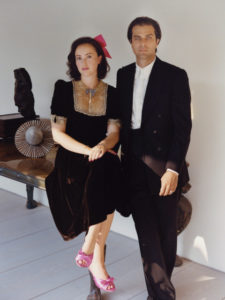
Phoebe Saatchi Yates and Arthur Yates
1. How important is an ‘in-person’ art experience to you, and what are your thoughts on digital exhibitions?
Something we have learnt over the last year, with the continuous lockdowns, is that although we all have tried our hardest, nothing digital can really replace the joy of experiencing something in real life. I get incredibly weary of digital exhibitions, just as much as I am bored of online shopping for clothes, books and groceries!
Follow LUX on Instagram: luxthemagazine
2. What made you choose London as the location for your gallery?
London is home. It made sense to open here as we wanted to create something which felt completely integrated to our city and community. Being on Cork Street, a road historically protected for art galleries was important too as you feel as if you are part of not only the future of the city, but the past as well.
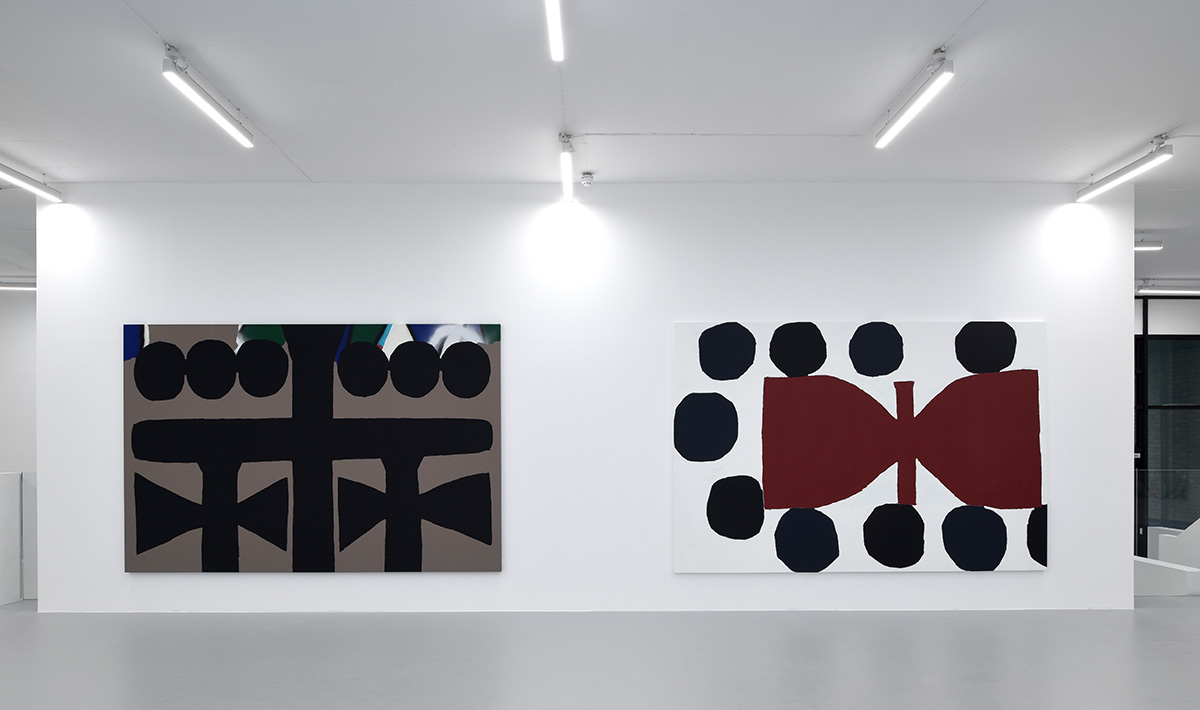
Installation view of Allez La France! at Saatchi Yates Gallery, Cork Street, London
3. Talk us through your search for new artists – is each discovery different, or do you have a particular process?
Each discovery is completely different. Some artists we have watched for many years, some we find online, some through friends. It’s important to be curious and look in unexpected places.
Read more: Tessa Packard on charity & creative thinking
4. Tell us about your exhibition Allez La France! and what drew you to French new wave painting?
Allez La France! is an exhibition which has been in the works for quite some time. Over a year ago we went to Marseille and Paris to visit the collective, and were so excited by the boldness and confidence of the artists’ work. There was also a true charm in the idea that they were painting for painting’s sake, which is something you don’t find very often.
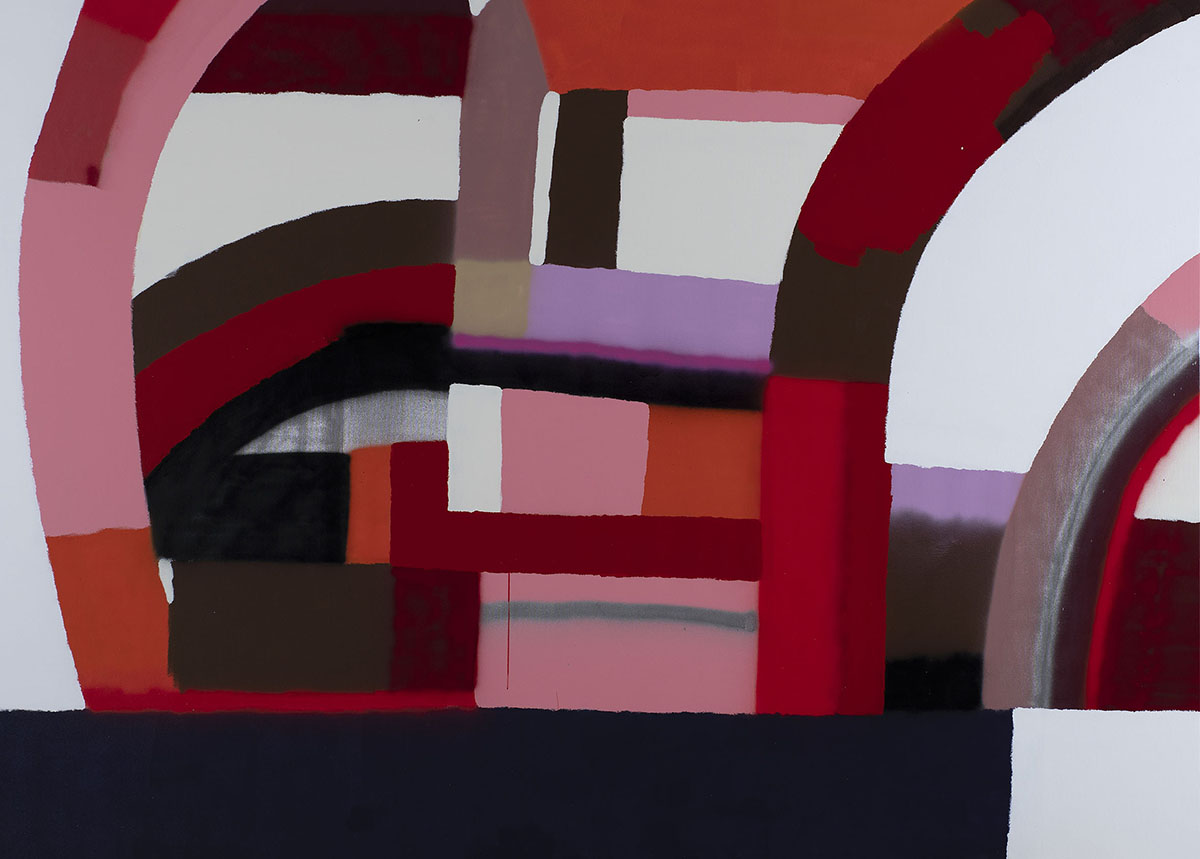
Mathieu Julien, Rouge Camaieu, 2020. Acrylic and spray paint on cotton canvas © Mathieu Julien, 2020. Image courtesy of Saatchi Yates
5. What sort of art would we find on your walls at home, and do you have a favourite piece?
Currently, I am living in a fully furnished apartment, with wallpaper and no hanging space! There is a very long list of paintings I can’t wait to hang when we next move…
6. Which emerging artists are you currently keeping your eye on?
I feel really excited about all the artists we are yet to show! There are so many exciting talents whose shows that we have had to postpone due to lockdowns, so I feel quite giddy about being able to finally see their work in our space!
“Allez La France!” is available to view online until 11 April, after which it will be open to the public until 15 May 2021 at Saatchi Yates Gallery. For more information visit: saatchiyates.com/exhibitions/allez-la-france




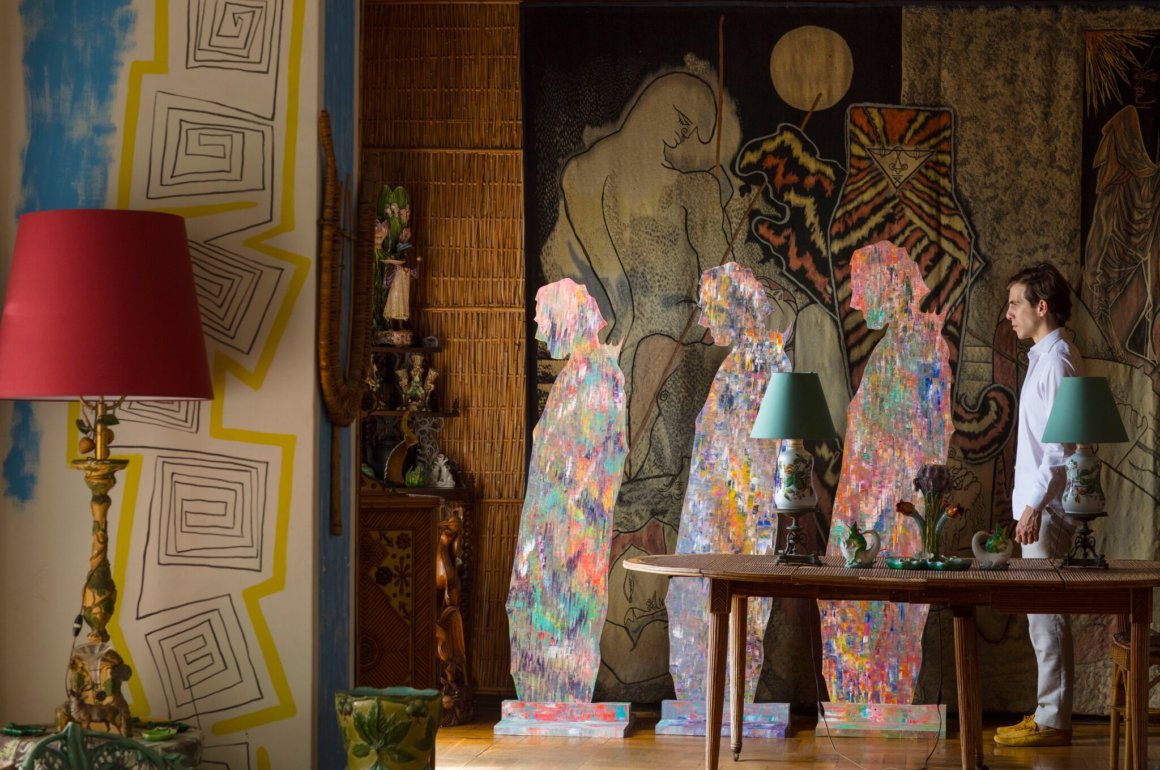
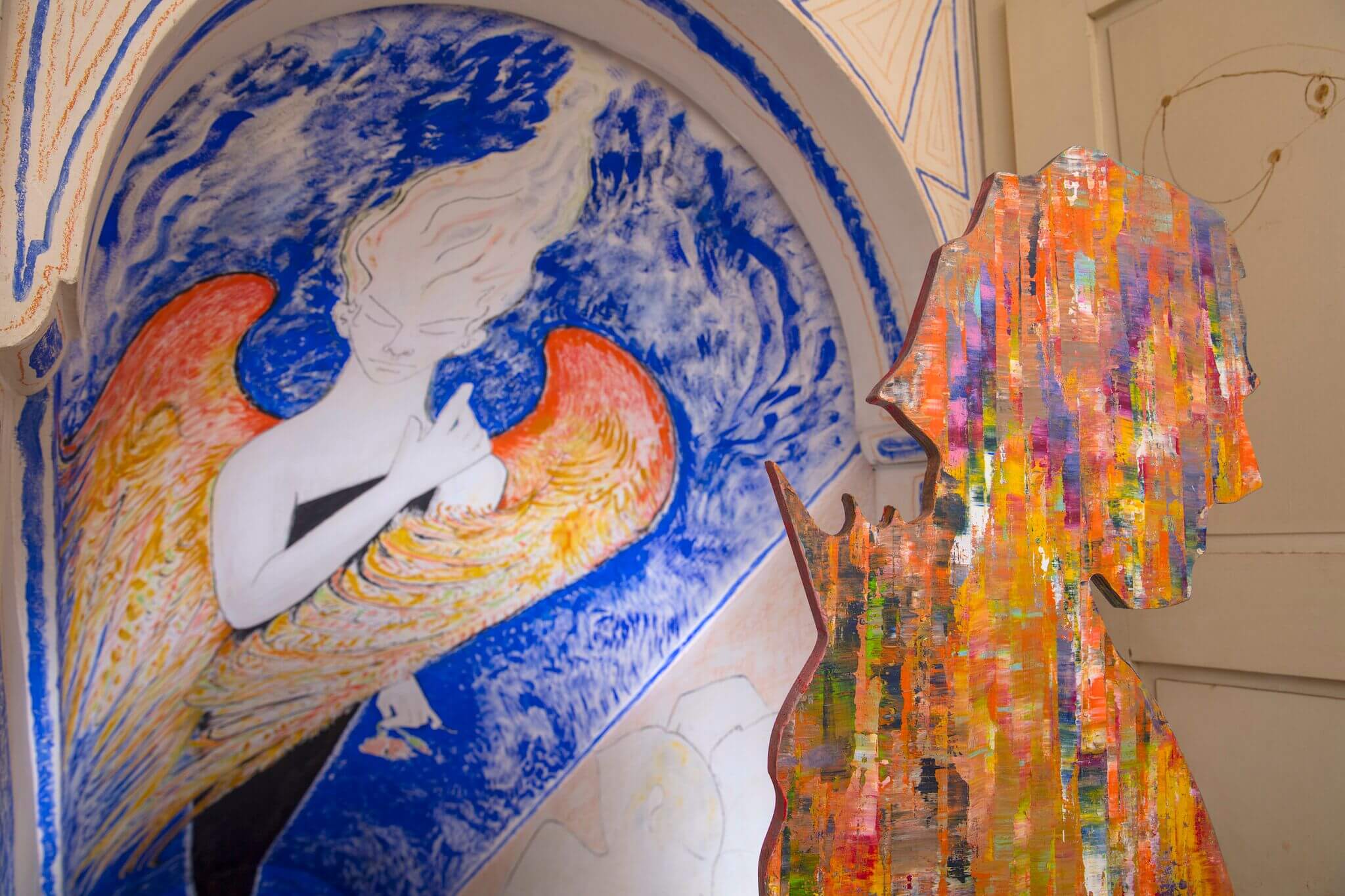
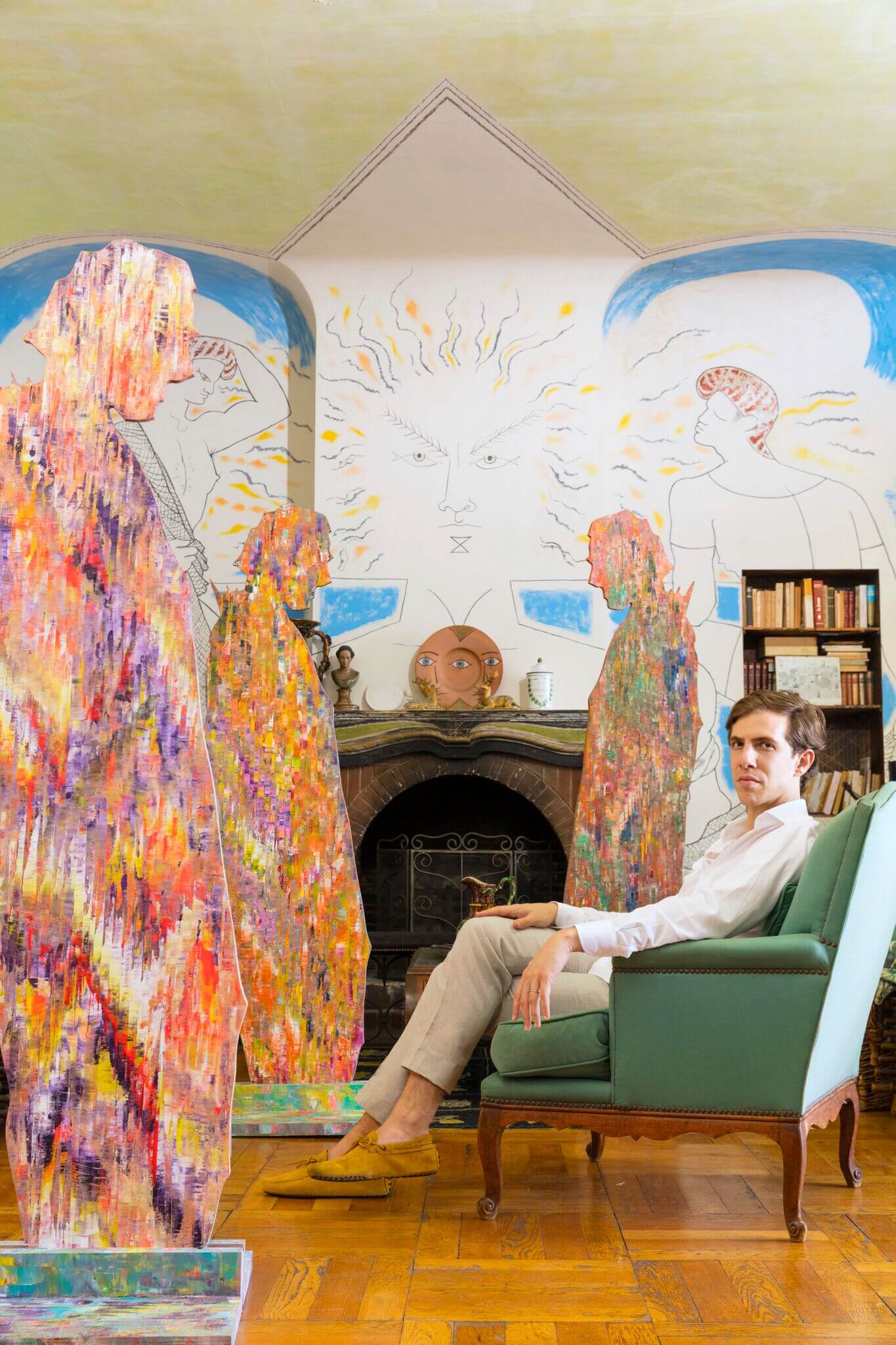
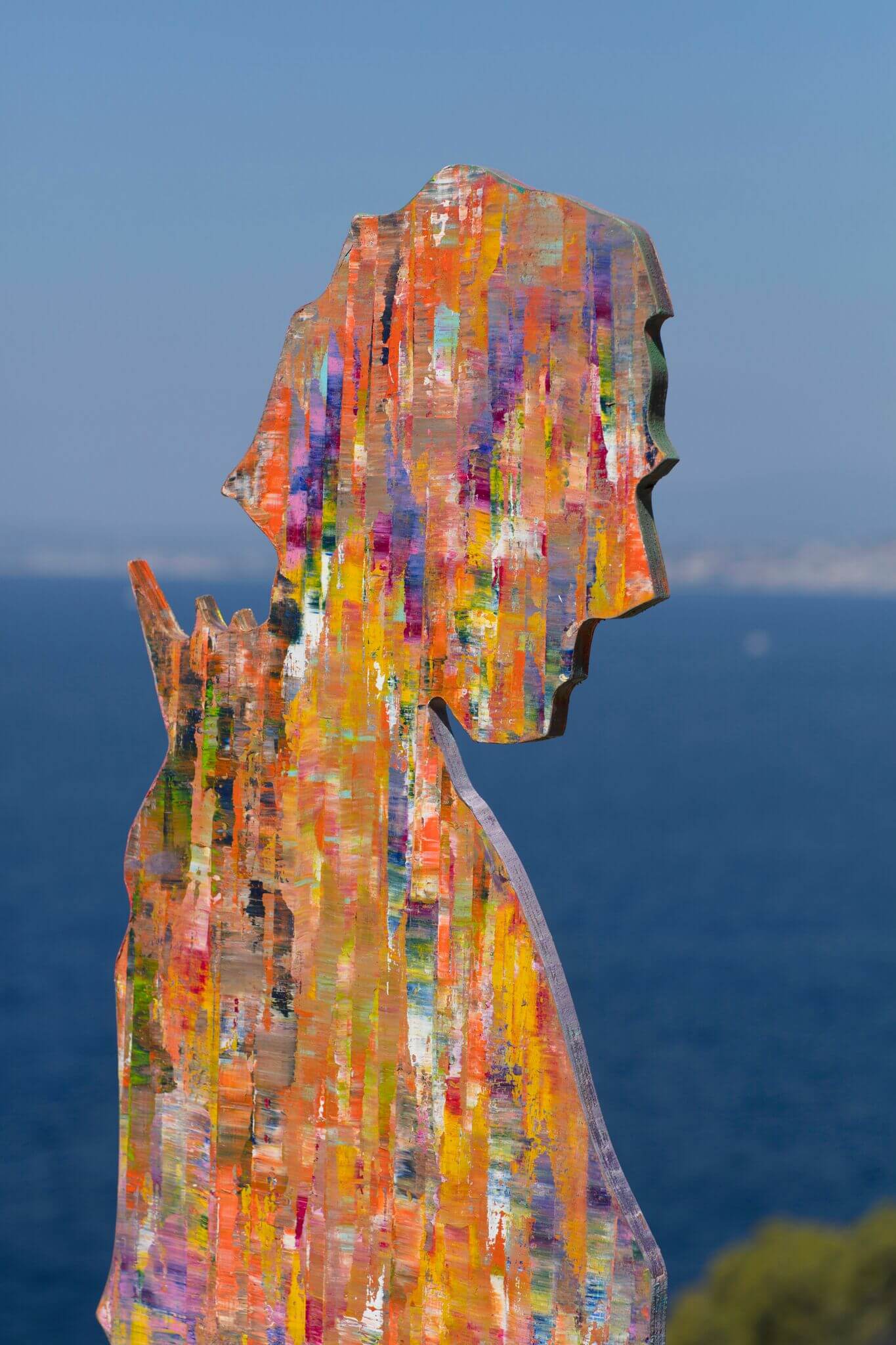
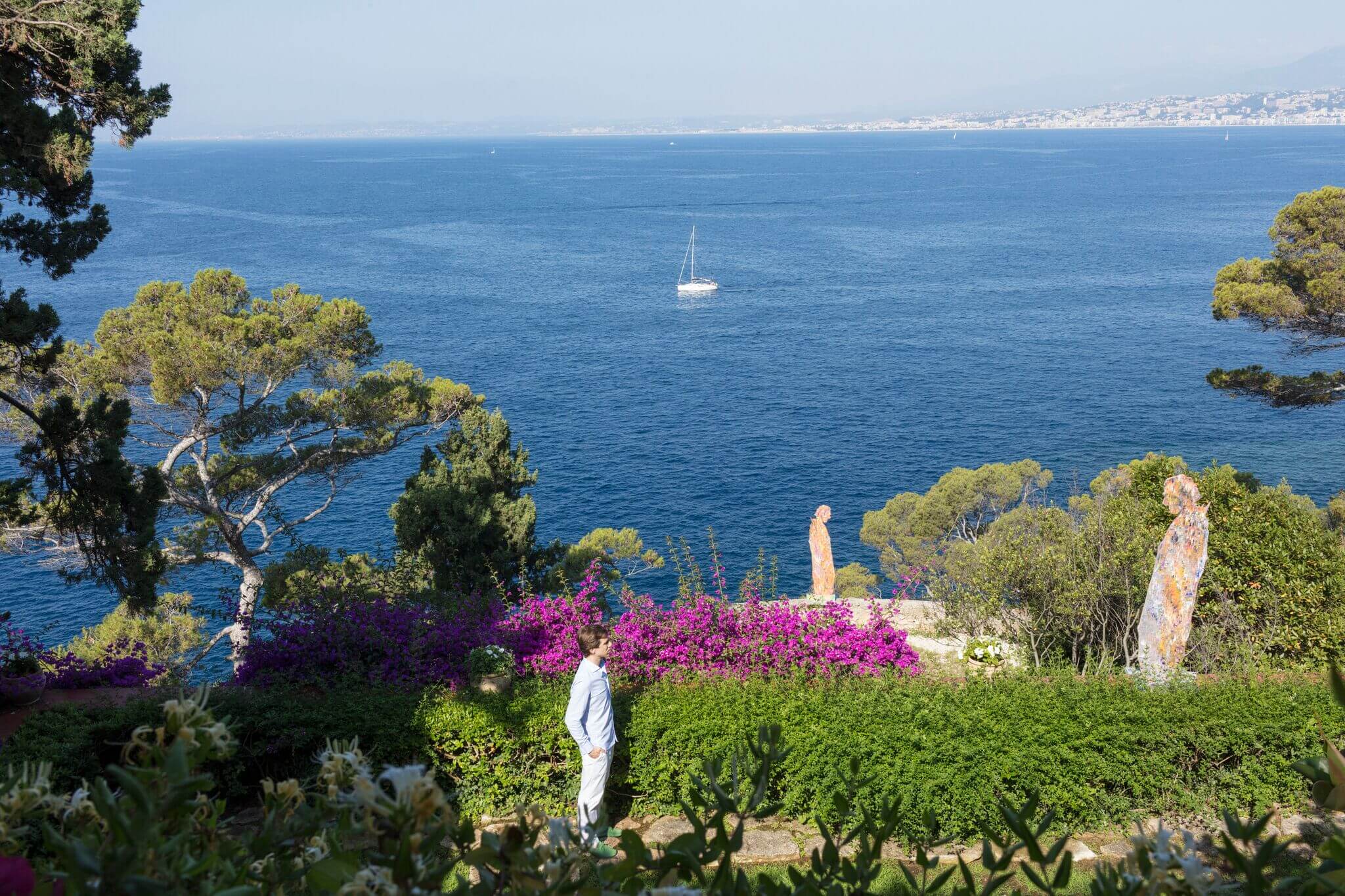
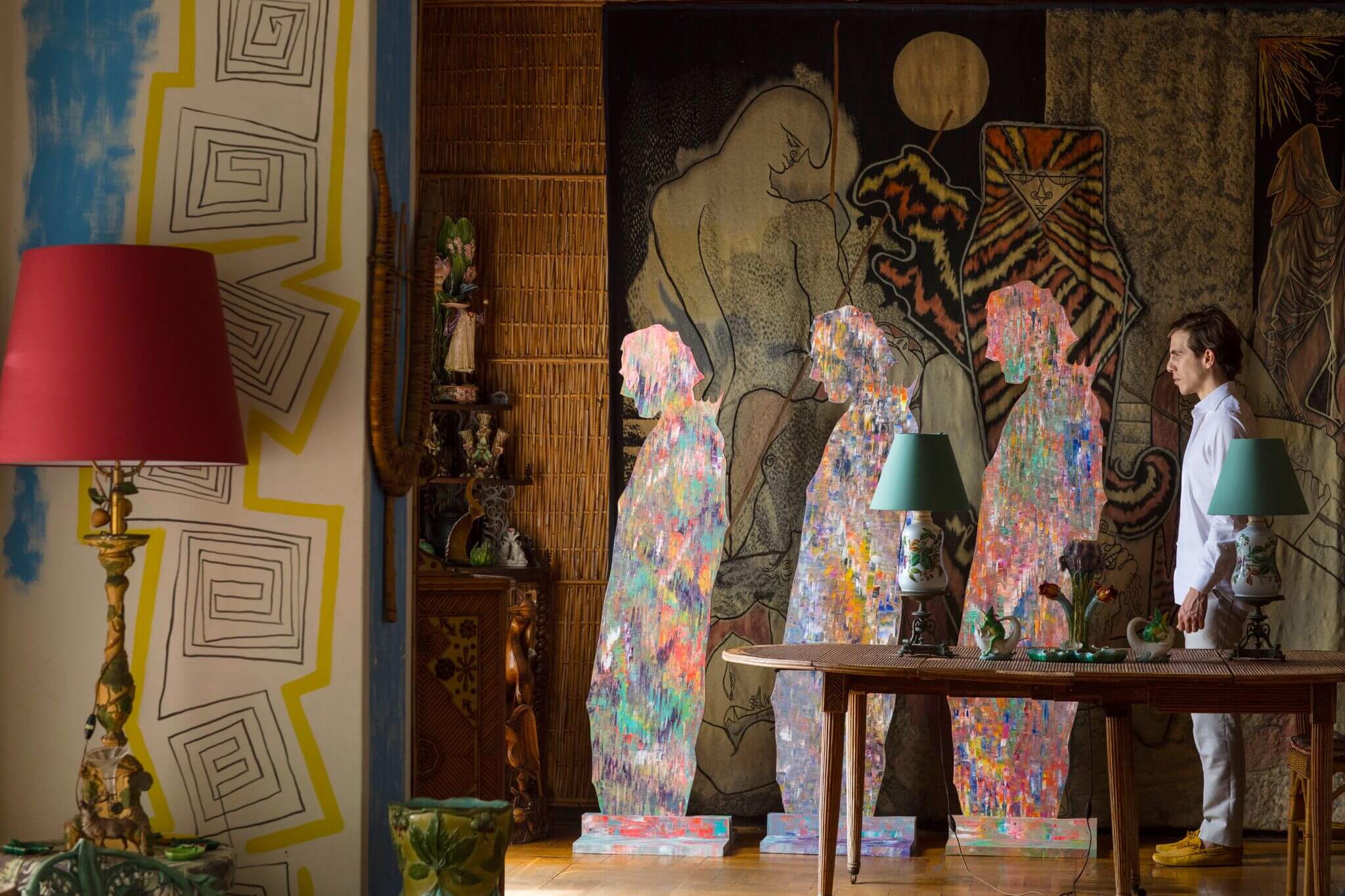





Recent Comments